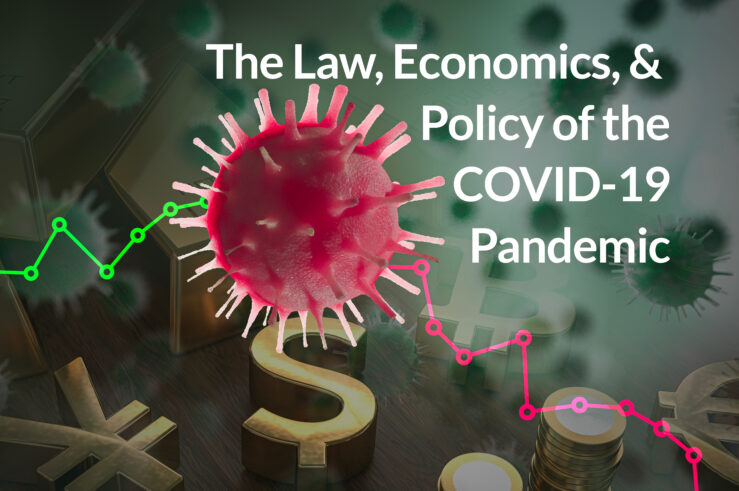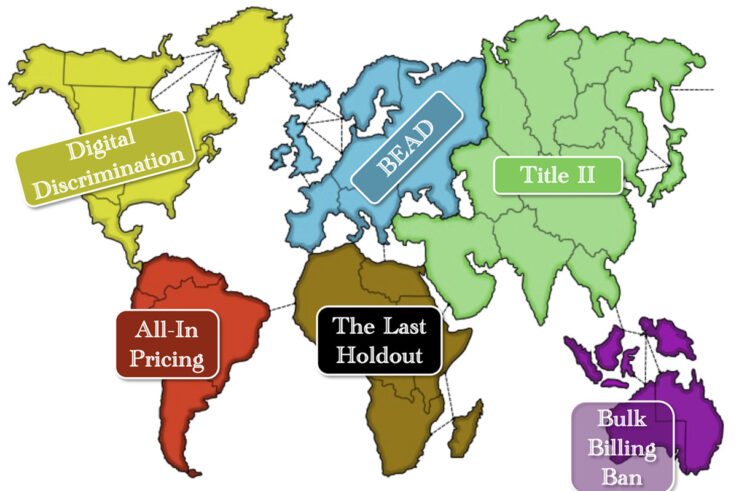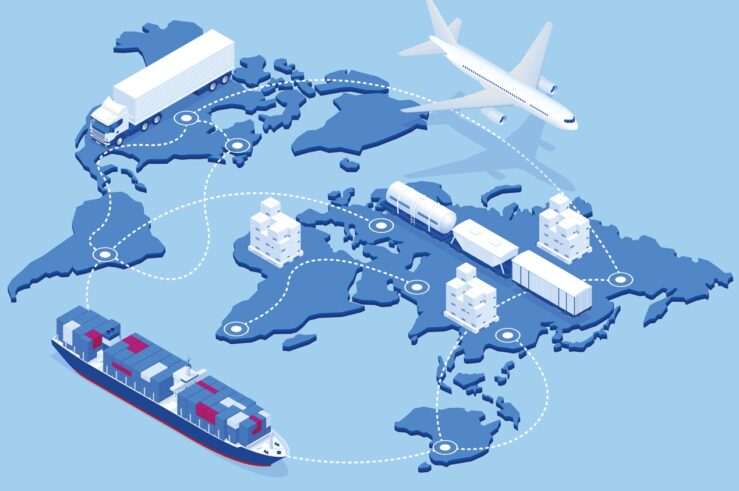
This article is a part of the The Law, Economics, and Policy of the COVID-19 Pandemic symposium.

[TOTM: The following is part of a blog series by TOTM guests and authors on the law, economics, and policy of the ongoing COVID-19 pandemic. The entire series of posts is available here.
This post is authored by Eric Fruits, (Chief Economist, International Center for Law & Economics).]
Wells Fargo faces billions of dollars of fines for creating millions of fraudulent savings, checking, credit, and insurance accounts on behalf of their clients without their customers’ consent. Last weekend, tens of thousands of travelers were likely exposed to coronavirus while waiting hours for screening at crowded airports. Consumers and businesses around the world pay higher energy prices as their governments impose costly programs to reduce carbon emissions.
These seemingly unrelated observations have something in common: They are all victims of some version of Goodhart’s Law.
Being a central banker, Charles Goodhart’s original statement was a bit more dense: “Any observed statistical regularity will tend to collapse once pressure is placed upon it for control purposes.”
The simple version of the law is: “When a measure becomes a target it ceases to be a good measure.”
Economist Charles Munger puts it more succinctly: “Show me the incentive and I’ll show you the outcome.”
The Wells Fargo scandal is a case study in Goodhart’s Law. It came from a corporate culture pushed by the CEO, Dick Kovacevich, that emphasized “cross-selling” products to existing customers, as related in a Vanity Fair profile.
As Kovacevich told me in a 1998 profile of him I wrote for Fortune magazine, the key question facing banks was “How do you sell money?” His answer was that financial instruments—A.T.M. cards, checking accounts, credit cards, loans—were consumer products, no different from, say, screwdrivers sold by Home Depot. In Kovacevich’s lingo, bank branches were “stores,” and bankers were “salespeople” whose job was to “cross-sell,” which meant getting “customers”—not “clients,” but “customers”—to buy as many products as possible. “It was his business model,” says a former Norwest executive. “It was a religion. It very much was the culture.”
It was underpinned by the financial reality that customers who had, say, lines of credit and savings accounts with the bank were far more profitable than those who just had checking accounts. In 1997, prior to Norwest’s merger with Wells Fargo, Kovacevich launched an initiative called “Going for Gr-Eight,” which meant getting the customer to buy eight products from the bank. The reason for eight? “It rhymes with GREAT!” he said.
The concept makes sense. It’s easier to get sales from existing customers than trying to find new customers. Also, if revenues are rising, there’s less pressure to reduce costs.
Kovacevich came to Wells Fargo in the late 1990s by way of its merger with Norwest, where he was CEO. After the merger, he noticed that the Wells unit was dragging down the merged firm’s sales-per-customer numbers. So, Wells upped the pressure.
One staffer reported that every morning, they’d have a conference call with their managers. Staff were supposed to to explain how they’d make their sales goal for the day. If the goal wasn’t hit at the end of the day, staff had to explain why they missed the goal and how they planned to fix it. Bonuses were offered for hitting their targets, and staffers were let go for missing their targets.
Wells Fargo had rules against “gaming” the system. Yes, it was called “gaming.” But the incentives were so strongly aligned in favor of gaming, that the rules were ignored.
Wells Fargo’s internal investigation estimated between 2011 and 2015 its employees had opened more than 1.5 million deposit accounts and more than 565,000 credit-card accounts that may not have been authorized. Customers were charged fees on the accounts, some accounts were sent to collections over unpaid fees, cars were repossessed, and homes went into foreclosure.
Some customers were charged fees on accounts they didn’t know they had, and some customers had collection agencies calling them due to unpaid fees on accounts they didn’t know existed.
Goodhart’s Law hit Wells Fargo hard. Cross-selling was the bank’s target. Once management placed pressure to hit the target, cross-selling became not just a bad target, it corrupted the entire retail side of the business.
Last Friday, my son came home from his study abroad in Spain. He landed less than eight hours before the travel ban went into effect. He was lucky–he got out of the airport less than an hour after landing.
The next day was pandemonium. In addition to the travel ban, the U.S. imposed health screening on overseas arrivals. Over the weekend, travelers reported being forced into crowded terminals for up to eight hours to go through customs and receive screening.
The screening process resulted in exactly the opposite of what health officials are advising, to avoid close contact and large crowds. We still don’t know if the screenings have helped reduce the spread of the coronavirus or if the forced crowding fostered the spread.
The government seemed to forget Goodhart’s Law. Public demand for enhanced screenings made screening the target. Screenings were implemented hastily without any thought of the consequences of clustering potentially infected flyers with the uninfected. Someday, we may learn that a focus on screening came at the expense of slowing the spread.
More and more we’re being told climate change presents an existential threat to our planet. We’re told the main culprit is carbon emissions from economic activity. Toward that end, governments around the world are trying to take extraordinary measures to reduce carbon emissions.
In Oregon, the legislature has been trying for more than a decade to implement a cap-and-trade program to reduce carbon emissions in the state. A state that accounts for less than one-tenth of one percent of global greenhouse gas emissions. Even if Oregon went to zero GHG emissions, the world would never know.
Legislators pushing cap-and-trade want the state to address climate change immediately. But, when the microphones are turned off, they admit their cap-and-trade program would do nothing to slow global climate change.
In yet another case of Goodhart’s Law, Oregon and other jurisdictions have made carbon emissions the target. As a consequence, if cap-and-trade were ever to become law in the state, businesses and consumers would be paying hundreds or thousands of dollars of dollars a year more in energy prices, with zero effect on global temperatures. Those dollars could be better spent on acknowledging the consequences of climate change and making investments to deal with those consequences.
The funny thing about Goodhart’s Law is that once you know about it, you see it everywhere. And, it’s not just some quirky observation. It’s a failure that can have serious consequences on our health, our livelihoods, and our economy.




